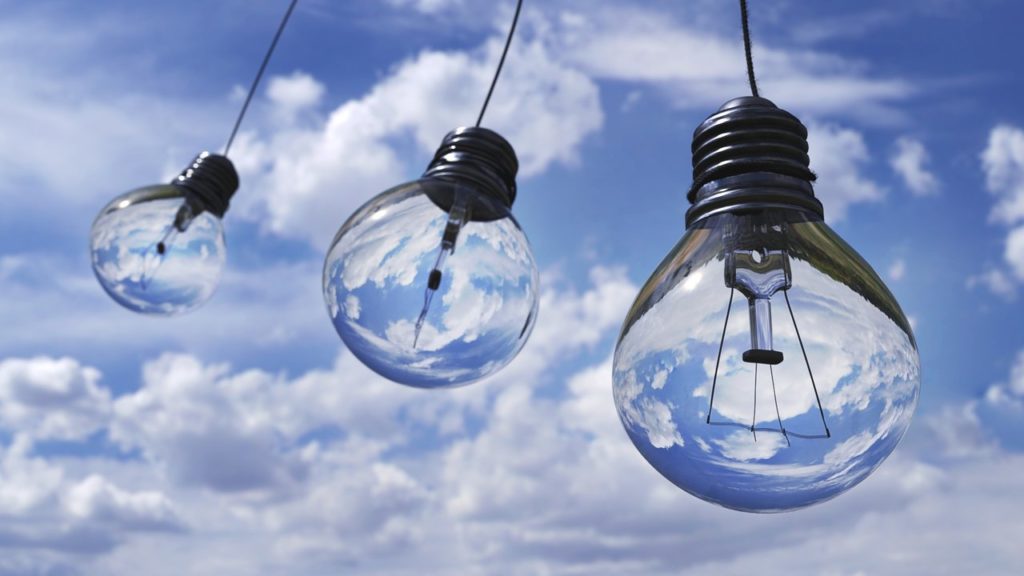World Conservation Day 2020
July 28 is World Conservation Day. What a great day for a talk about conversion to a renewable energy source like solar power. And it keeps getting more affordable to use solar panels for your energy production. In fact, according to Forbes, solar panels have dropped by 89% since 2010! While some might think that means it’s a good idea to wait for the price to keep dropping, the tax credits will expire soon, so now is still a great time to switch to Solar power.

Renewable Solar Resources does not just install solar panels. We work with you for an energy efficient home that will conserve the energy it produces from solar panels. Because the solar panels we install generally produce more electricity than your home will consume, you may actually get a refund. The surplus electricity produced goes back to the grid, and you get paid for that electrical surplus. It’s like finally having your cake and eating it too. You stop getting electric bills, and the electric company pays you for the extra power your solar panels produce.
Solar Panel demand is boosted due to ever improving technology and an increase in manufacturing volume. The price of solar panels and cost of the conversion to solar power production has been declining, partly due to the increase in supply and partly because the demand to convert to solar powered homes has exploded. Some states have set stringent goals for conversion to renewable energy. Maine is aiming for 100% renewable energy conversion by 2050 and Hawaii plans to hit 100% renewable energy source by 2045. California hopes to reach 60% by 2030. All of those mandates help the solar panel (photovoltaics) market because it guarantees future demand for the product, which will also help drop the price of solar panels.
The BNEF New Energy Outlook 2019 outlines some of the solar conversion pricing changes since 2010:
- Solar photovoltaic module (PV) prices have dropped 89% since 2010
- Solar PV prices should drop by another 34% by 2030
- By 2050, those prices should drop by a total of 63%. This means utility-scale PV will cost only 2.5 cents per kWh.
- The price of batteries have dropped by 89% since 2010
- Residential solar will grow to be 11% of the total electricity by 2050
Because there are several other expenses, known as soft costs, that figure into solar panel installation, waiting for the price to go down more won’t necessarily save you more money. Only thirty four percent of the solar conversion costs are the actual panels and batteries, making it a good idea to install now, while you can use the tax credits and incentives, and begin saving on electric bills.
The Other Costs of Solar Energy Conversion:
All of the non-hardware costs connected to solar conversion are known as soft costs. These include supply chain costs, indirect corporate costs, customer acquisition expenses, transaction fees, sales taxes, project developer or installer overhead, installation labor, permit fees, and costs associated with permitting, installation and interconnection.
Renewable Solar Resources is a locally owned business with years of experience in solar conversion, both residential and commercial. We strive to keep the whole process smooth and pain free for our customers and we are here for your calls at (888) 432-9024, both before and after your solar panel installation to answer any questions you may have. We are all in this together, and we appreciate your trust.
